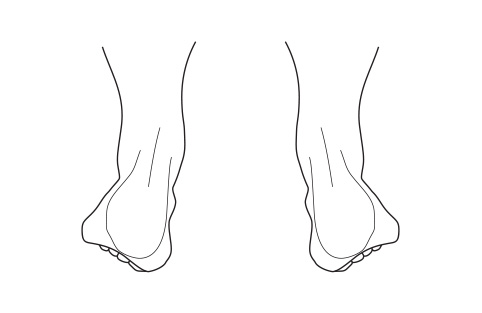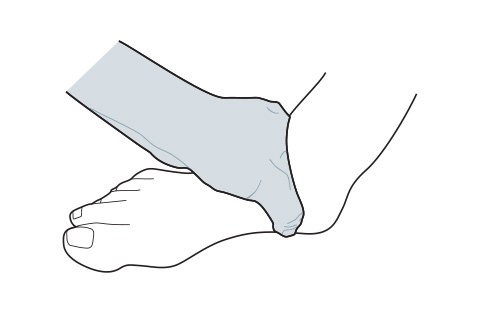Foot pronation force test (supination resistance test)
Overview
When the person’s feet are pronated, their weight is transferred from the heel to the forefoot. The foot rolls inwards and the arch of the foot flattens.
Too much pronation can cause overuse type injuries. When the foot pronates during walking or running, the lower leg, knee and thigh all rotate internally. In athletes particularly, this inward rotating movement is exaggerated. This increases the stresses on the muscles, tendons and ligaments of the foot, lower leg (including shin) and knee as the limb rotates in too far. To correct for pronation, we need to apply the forces in the opposite direction to balance the foot.
This test helps to determine how much force the foot is rolling in with. We evaluate this by trying to turn the foot out (in the opposite direction). This is the force that will be needed from the shoe and/or orthotic device to supinate the foot, that is, to turn or rotate it outwards, so that the outer edge of the sole starts to take on the body’s weight.

Pronated feet

Foot pronation force test
To perform the test
Ask the customer to stand in a relaxed weight bearing position.
Place your hand on top of the foot as if you are trying to “shake hands” with it (see diagram right). Your thumb should be on the inside of the foot in front of the ankle.
From this position try to turn the foot outwards. Note: Make sure the customer does not try to help you by rolling their foot out.
Estimate how much effort is required. Does it tilt easily or is there a lot of resistance? Select your answer (for each foot) from the following categories: Easy, Moderate or Hard.
Enter the result into the relevant fields on the Sensokinetic Footwear Assessment website www.movewithoutpain.com.